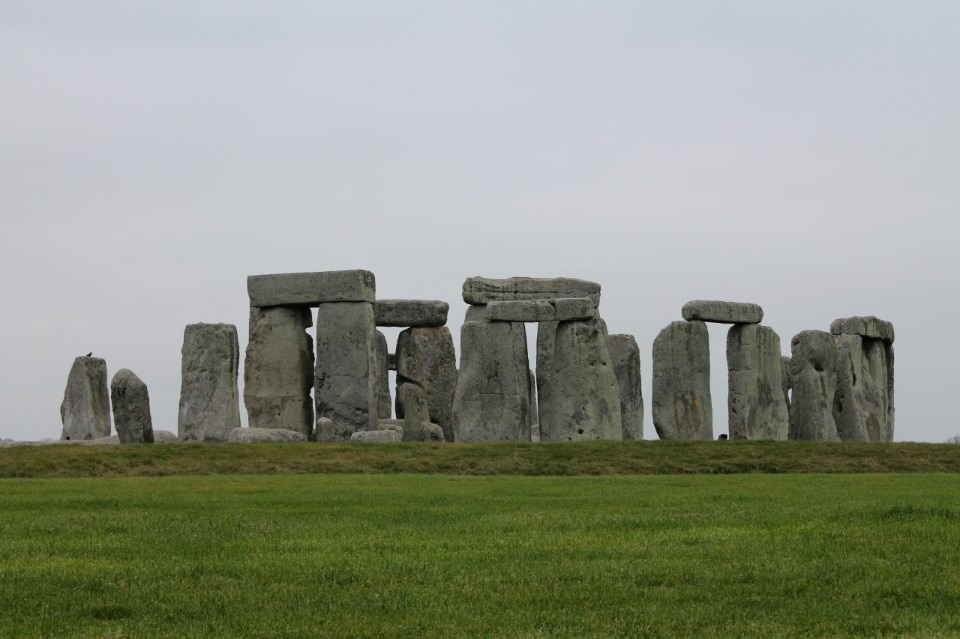Welcome to the first issue of Domus dedicated to materialism: exploring how human history has been shaped by the materials we have known to harvest and manipulate to give form to the world around us. A return from cyberspace to our material reality. What better way to start than with stone, the cradle of architecture? The Greek temple is a timber building design turned to stone. Carpentry petrified to masonry. Göbekli Tepe, Stonehenge, the Great Pyramids, the Acropolis, Petra, the Colosseum, Angkor Wat, Machu Picchu, the Arc de Triomphe and even the Washington Monument were made from stone. Before we learned to cut and stack stones we were cave dwellers. The earliest testaments of art are painted on naturally formed walls of stone.
With their masterful renovation of Palais de Tokyo, Lacaton & Vassal revealed that underneath the classicistic stone surface the Japanese Pavilion had already become a modern concrete structure. The stone was a cloak of classicism, no longer the actual structure. Mies van der Rohe rediscovered the beauty of colour and texture in natural stone – but stripped of its structural duties it was reduced to decor – a wallpaper of natural beauty applied to skeletons of steel or concrete. With the loss of structural purpose, stone devolved into luxury, opulence, decadence.

For an architect from Denmark – a land of clay and calcium, pine and oak – stone is as rare as snow in the Sahara. To me, it has always been an unattainable exotic material reserved for budgets or cultures beyond my reach. But now structural stone is having a renaissance. Ensamble have become cavemen by inhabiting a limestone quarry in Menorca. Like an actual building-sized found object, they rely on thermal mass and natural ventilation rather than a traditional building envelope or building services. A sort of lo-tech minimal effort form of architecture. Sagrada Família has gone full circle from stone to concrete and back to stone in the 142 years it has been under construction. Antoni Gaudí himself, as innovative and future-oriented as he was, started introducing concrete during his lifetime and only recently have inventions in building technology allowed for the return of pretensioned structural stone as the primary structure.
The oldest project in the issue may also be the most advanced. And the only one still in progress. Amin Taha from Groupwork and Steve Webb from Webb Yates have gone on a crusade to bring back stone as a more sustainable, more durable, more abundant and stronger material, seeking to displace concrete and brick as the default solution for contemporary needs. Gilles Perraudin has quietly resisted the prevalence of concrete and has been designing and building modern buildings with structural stone as if unaware and unaffected by today’s industrial construction industry.

AAU Anastas has taken to stone as an act of defiance, feeling that stone in the context of Jerusalem has become an element and argument for laying cultural and political claim to various parts of the city and country. Laurian Ghinitoiu has taken to document the journey of the pink Portuguese marble from Vila Viçosa to Ground Zero in Downtown Manhattan to become part of the translucent lantern of REX’s Perelman Performing Arts Center.
Sabine Marcelis and SolidNature treat stone with the artificiality and lack of sentimentality that only a Dutch designer and manufacturer can do. And on a similar but somehow totally different note, Netherlands-based Lebanese artist Najla El Zein is treating stone as abstract matter, bending and melting the mineral material with a plasticity of gelée. Finally, Gallego artist José Manuel Castro Lopéz is creating sculptural oxymorons by channelling Isamu Noguchi as well as Salvador Dalí in equal measure with his work on soft stone, creating surreal illusions of softness through radical interpretations of the existing qualities of the natural stone. I hope you enjoy all this and more in our first attempt at finding editorial freedom through material constraint. Lets rock.
Opening image: Photo Karl Nordlund

